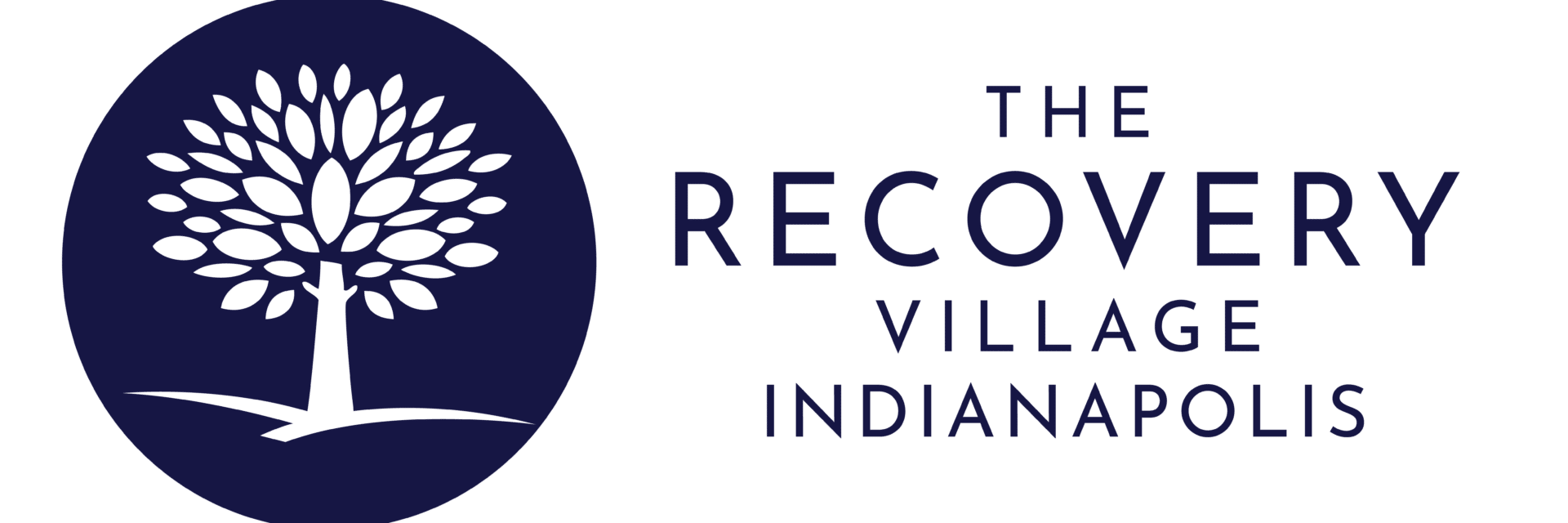Psychedelic substances like N,N-Dimethyltryptamine (DMT or N,N-DMT) have captured public fascination for decades. Known for its powerful, short-lived hallucinogenic effects, DMT is sometimes called the “spirit molecule” and has been used in certain cultural and religious ceremonies—most famously in ayahuasca rituals in South America. In modern contexts, DMT can be vaporized and inhaled, consumed orally with MAOI-containing brews, or occasionally injected.
Although DMT has a reputation for a relatively short duration of action, users may underestimate the intensity of its effects on the mind and body. Many assume that “overdose” is impossible or extremely rare with classic psychedelics, but this misconception can lead to dangerously reckless behavior. This article explores what is meant by a DMT overdose, potential risk factors, symptoms, complications, and the importance of proper treatment and support. If you or a loved one is dealing with DMT misuse or any other substance-related concern, professional help is available to guide you toward lasting recovery.
What Is DMT?
DMT is a naturally occurring tryptamine found in certain plants and even trace amounts in human and animal tissues. Chemically, it shares similarities with the neurotransmitter serotonin, influencing how the drug interacts with the brain.
How DMT Is Used
- Smoking or Vaping: The freebase form of DMT often appears as a yellowish-white crystalline substance. People typically heat it in a specialized pipe or vaporizer, inhaling the resulting vapor. The effects come on almost instantly and peak rapidly, with an entire trip often lasting only 5 to 30 minutes.
- Ayahuasca Brew: In some shamanic traditions, DMT-containing plants are boiled together with other leaves rich in monoamine oxidase inhibitors (MAOIs). This allows DMT to be orally active for a more prolonged experience, typically 4 to 6 hours. Ayahuasca ceremonies have gained popularity worldwide among seekers of spiritual or therapeutic exploration.
- Other Routes (Rare): DMT may sometimes be injected, though this practice is less common. Each route has its own onset, intensity, and duration of effects.
Effects of DMT
- Visual and Auditory Hallucinations: Vibrant colors, geometric patterns, and even entire imagined worlds.
- Euphoria or Spiritual Insight: Feelings of deep connection or profound realizations.
- Altered Sense of Time and Self: Many users report experiencing “out-of-body” sensations or a complete dissolution of self (sometimes called “ego death”).
Despite its short duration when smoked, DMT is one of the most potent psychedelics known. These intense experiences can be disorienting and can precipitate panic or fear, particularly in those unprepared for its effects.
This Season, Give Yourself the Gift of a Fresh Start.
Whether you are struggling with addiction, mental health or both, our expert team is here to guide you every step of the way. Don’t wait— reach out today to take the first step toward taking control of your life.
Can You Overdose on DMT?
The term “overdose” traditionally means taking a dose of a substance high enough to cause severe harm or death. With opioids like fentanyl or heroin, overdose usually involves critical respiratory depression, and with stimulants like cocaine or methamphetamine, life-threatening cardiovascular events can occur. Psychedelics like DMT operate differently—lethal overdoses from classic psychedelics are extremely rare under typical usage patterns.
Nevertheless, “overdose” in the context of DMT can refer to:
- Exceeding One’s Tolerance: Taking significantly more DMT than the body or mind can safely handle, leading to extreme hallucinatory intensity, panic, disorientation, or dangerous physiological changes.
- Poly-Substance Use: Using DMT in conjunction with other substances (especially MAOIs, stimulants, or depressants) can exacerbate risks and unpredictably magnify harmful effects.
- Health Crises Triggered by High Doses: While direct fatalities from DMT alone are extraordinarily unusual, very high doses or repeated dosing can potentially induce seizures, psychosis, or unintentional injury due to severely impaired judgment.
Myth vs. Reality
Myth: “There’s no such thing as a DMT overdose.”
Reality: While a classical, fatal overdose on DMT alone is rare, people can certainly experience severe or life-threatening complications, especially when higher doses lead to unpredictable behavior or dangerous physiological responses.
Myth: “Natural substances are always safe.”
Reality: DMT is natural but extremely potent. Like other psychoactive compounds derived from plants or fungi, it can induce profound changes in perception and physiology.
Myth: “If it’s short-lasting, it can’t harm me.”
Reality: Even short but intense experiences can be physically and psychologically overwhelming, leading to unsafe actions, accidents, or mental distress that can persist well after the trip ends.
DMT Tolerance and Dosage
Developing Tolerance
Tolerance to psychedelics, including DMT, can build quickly when used repeatedly over short periods. When tolerance develops, the individual may be tempted to increase the dose to achieve the same effects. This escalation can lead to potential overdose scenarios or dangerous behaviors under the influence. Unlike some other drugs, DMT tolerance typically fades within a few days, but during a binge, individuals might repeatedly chase the initial peak, pushing their experiences to increasingly perilous extremes.
Dose Ranges
- Light Dose (Smoked): 10–15 mg
- Typical Dose (Smoked): 15–30 mg
- High Dose (Smoked): 30–60 mg or more
When preparing ayahuasca or other oral forms, the concentrations can vary significantly based on the plants, brewing process, and presence of MAOIs. For this reason, even experienced users can accidentally ingest far more DMT than intended.
Signs and Symptoms of a DMT Overdose
Because psychedelics do not typically cause respiratory suppression to the extent that opioids do, the nature of a DMT “overdose” can look different from what is typically envisioned. The following are potential signs that someone has consumed a dangerously excessive amount of DMT or is experiencing severe adverse effects:
- Extreme Confusion or Disorientation: Inability to recognize surroundings or understand what is happening.
- Panic Attacks, Paranoia, or Psychosis: Intensely negative or terrifying hallucinations leading to irrational, agitated, or violent behavior.
- Rapid Heart Rate or Heart Palpitations: Stimulant-like effects may lead to tachycardia or arrhythmias, particularly in high doses or with co-occurring health conditions.
- Elevated Blood Pressure: Sympathetic nervous system activation can result in dangerously high blood pressure in susceptible individuals.
- Seizures or Convulsions (Rare): May result from extreme overstimulation of the central nervous system or interaction with other substances.
- Intense Sweating or Hyperthermia: Body temperature can rise, especially if used in a hot environment or combined with physical exertion.
- Unintentional Self-Harm: Due to disorientation, people might wander into dangerous situations, fall from heights, walk into traffic, or accidentally harm themselves.
It can be challenging to distinguish a typical intense psychedelic trip from a dangerous overdose. However, if someone is non-responsive, incoherent, violent, or displaying signs of physical distress (e.g., labored breathing, chest pain), seeking immediate medical help is essential.
Risk Factors for DMT Overdose
Several variables increase the likelihood of severe adverse reactions or an overdose-like event:
- High Dosages or Repeated Use
Individuals who smoke multiple hits in a short window, or brew extremely potent ayahuasca, heighten the risks of adverse psychological and physiological outcomes. - Poly-Substance Use
Mixing DMT with alcohol, benzodiazepines, stimulants (like cocaine or amphetamines), or other hallucinogens can compound its effects, unpredictably raising the danger level. MAOI-containing plants or antidepressants that act on monoamine oxidase can also intensify or prolong DMT’s effects. - Pre-existing Psychiatric Conditions
People with anxiety, bipolar disorder, schizophrenia, or a family history of psychosis are at higher risk of experiencing severe mental health crises when taking potent psychedelics. - Cardiovascular Problems
Since DMT can cause elevated heart rate and blood pressure, those with heart disease, arrhythmias, or hypertension face increased risks of cardiac events. - Unfavorable Setting
Using DMT in chaotic or unsafe environments—without a trusted sitter or medical oversight—can lead to panic, injuries, or other hazards. - Poor Quality Control
DMT obtained illegally or manufactured improperly can contain contaminants or other substances. The user has no way of knowing purity or exact dosage, raising the risk of unknowingly consuming harmful chemicals.
What to Do if You Suspect a DMT Overdose
Immediate Steps
- Ensure Safety
Remove dangerous objects or obstacles from the vicinity. If the individual is disoriented and mobile, try to guide them away from traffic, open fires, balconies, or stairs. - Stay Calm and Reassuring
Panic can escalate negative experiences. Speak softly and reassure the person they are safe. Inform them their current distress or hallucinations will pass. - Call for Medical Help
If the person is showing signs of physical distress (e.g., extreme agitation, heart palpitations, trouble breathing, convulsions, or unconsciousness), dial 911 immediately. Even if it’s not a typical “drug overdose” scenario, medical professionals can provide life-saving interventions for complications. - Position and Monitor
If the individual is unconscious or vomiting, place them in the recovery position (on their side with arms and legs positioned to prevent rolling onto their back). Monitor their breathing, pulse, and airway to ensure they do not aspirate vomit. - Share Relevant Information
Let paramedics or emergency room staff know exactly what substance was taken, how much, and any other substances involved. This can expedite appropriate treatment.
Professional Medical Intervention
Once in a medical setting, healthcare professionals might:
- Stabilize Vital Signs: Administer medications to control blood pressure, heart rate, or seizures if necessary.
- Calm Severe Psychosis or Agitation: Use sedatives or antipsychotics cautiously to reduce extreme agitation.
- Provide Supportive Care: Monitor body temperature, fluids, and electrolytes to prevent complications like dehydration or hyperthermia.
Potential Complications of DMT Overuse
- Persistent Psychosis
In rare cases, a severe psychedelic experience can precipitate a long-lasting psychotic episode. Individuals may have lingering hallucinations or delusions, although these outcomes are uncommon without pre-existing mental health vulnerabilities. - Accidents and Injuries
Perhaps the most pressing danger comes from disorientation and impaired motor coordination. Falls, drowning, or injuries from traffic accidents can occur under the intense hallucinations that DMT produces. - Serotonin Syndrome
Particularly relevant if DMT is combined with other serotonergic drugs (e.g., SSRIs, MAOIs, MDMA). Symptoms include confusion, agitation, hyperthermia, rapid heart rate, and tremors. Severe cases can be fatal without prompt treatment. - Emotional Trauma or Flashbacks
A bad trip can result in ongoing anxiety, nightmares, or flashbacks. Some individuals report episodes reminiscent of post-traumatic stress, especially if their DMT experience was terrifying or unstructured.
Treatment and Recovery After a DMT Overdose
If you or someone you love has experienced a traumatic or dangerous DMT event, professional follow-up is critical. The following interventions might be beneficial:
- Medical Evaluation
A thorough check-up can rule out lingering physical complications or mental health conditions triggered by the experience. - Psychological Therapy
Therapies such as Cognitive Behavioral Therapy (CBT) or Dialectical Behavior Therapy (DBT) can help process traumatic or lingering psychological impacts of a harrowing DMT trip. - Substance Use Counseling
Exploring the reasons behind using DMT, learning about harm reduction, and identifying healthier coping strategies for stress or curiosity can be transformative. - Inpatient or Outpatient Rehab
For those with a pattern of misuse or polydrug abuse, structured rehab programs offer medical oversight, counseling, and peer support. This comprehensive environment is especially important if the individual struggles with other drugs in addition to DMT. - Support Groups
Groups such as Narcotics Anonymous (NA) or non-12-step meetings (like SMART Recovery) can offer peer-based encouragement and accountability. While these groups are often associated with substance use disorders involving opioids, stimulants, or alcohol, they also welcome those dealing with psychedelic misuse. - Lifestyle Changes
Incorporating stress-reduction techniques—like meditation, exercise, nutrition, and adequate sleep—can lessen the urge to use mind-altering substances. A supportive and structured lifestyle reduces the likelihood of future risky psychedelic use.
Prevention and Harm Reduction
Although no substance use is entirely risk-free, certain harm reduction strategies can lower the danger of DMT-related complications:
- Accurate Education
Familiarizing yourself with DMT’s potency, duration, and possible side effects makes accidental overdose less likely. Misinformation remains a leading cause of unsafe drug practices. - Test Your Substance
If one chooses to use illicit substances, reagent testing kits can identify adulterants. While not foolproof, this step may reduce exposure to potentially hazardous contaminants like synthetic opioids or toxic byproducts. - Dosing Carefully
Start with the lowest possible dose to gauge sensitivity, especially for new users. Wait sufficient time between doses to assess the experience. Rushing to redose mid-trip often leads to unintended overconsumption. - Safe Setting with a Sitter
Use in a calm, comfortable environment with a trusted, sober friend who can provide assistance if something goes wrong. Avoid using DMT in busy streets, vehicles, or near dangerous machinery. - Avoid Mixing Substances
Combining DMT with alcohol, opioids, stimulants, or other psychedelics amplifies unpredictability. Especially avoid mixing with MAOIs if you are not under the supervision of someone experienced in safe ayahuasca protocols. - Screen for Underlying Health Conditions
Individuals with cardiovascular issues or mental health disorders may face higher risks. Professional medical advice is strongly recommended in these cases.
Addressing Stigma and Encouraging Support
Psychedelic substances like DMT remain controversial. Despite increasing research into their potential therapeutic benefits (e.g., for depression, PTSD), misuse and risky usage can have serious consequences. Breaking down stigma around drug use is essential for ensuring people who experience a negative reaction or overdose feel comfortable seeking help. If someone you know experiences difficulty or trauma related to DMT:
- Offer non-judgmental support and empathy.
- Encourage them to seek professional medical or mental health care.
- Help them connect with appropriate support groups or treatment centers.
- Reinforce the reality that a frightening or dangerous drug experience does not define them; they can recover and make healthier choices.
When to Seek Professional Help
Immediate medical attention is necessary if someone:
- Loses consciousness or has trouble breathing.
- Experiences a seizure or severe chest pain.
- Acts violently or dangerously to themselves or others.
- Exhibits extreme paranoia, delusions, or prolonged psychosis.
Beyond acute crises, long-term assistance might be needed if:
- The individual repeatedly uses DMT despite negative consequences.
- They are combining DMT with other substances.
- They exhibit mood swings, anxiety, or intrusive flashbacks linked to past psychedelic experiences.
- They cannot reduce or stop use independently and are experiencing cravings or difficulties functioning in daily life.
DMT Overdose: Final Thoughts
While fatal overdoses specifically attributed to DMT alone are rare, the possibility of severe mental, emotional, and physical consequences is very real. A DMT “overdose” may manifest as an overwhelming and potentially dangerous experience rather than respiratory failure, yet it can still endanger a person’s life through accidents, panic, or cardiovascular complications—especially when combined with other substances.
The allure of DMT as a tool for mystical revelation or personal exploration should not overshadow the potential hazards. Understanding how an overdose might occur, recognizing risk factors, and knowing how to respond to adverse reactions can save lives. For those who find themselves struggling with frequent DMT use or other substances, professional treatment—including medical support, counseling, and rehab—can provide a clear path toward healing.
If You’re Struggling with DMT or Other Substances
Help is available, and recovery is possible. The Recovery Village Indianapolis provides evidence-based treatment for substance misuse, mental health disorders, and co-occurring conditions. With a team of dedicated professionals, we offer comprehensive programs tailored to meet each individual’s needs—ranging from medical detox and residential programs to mental health treatment and aftercare support. By addressing the physical, emotional, and social aspects of addiction, we empower individuals to reclaim their lives and work toward long-term wellness.
For more information on how to get help for DMT misuse or any other substance-related concerns, call The Recovery Village Indianapolis today. Our compassionate staff is here to guide you every step of the way.


